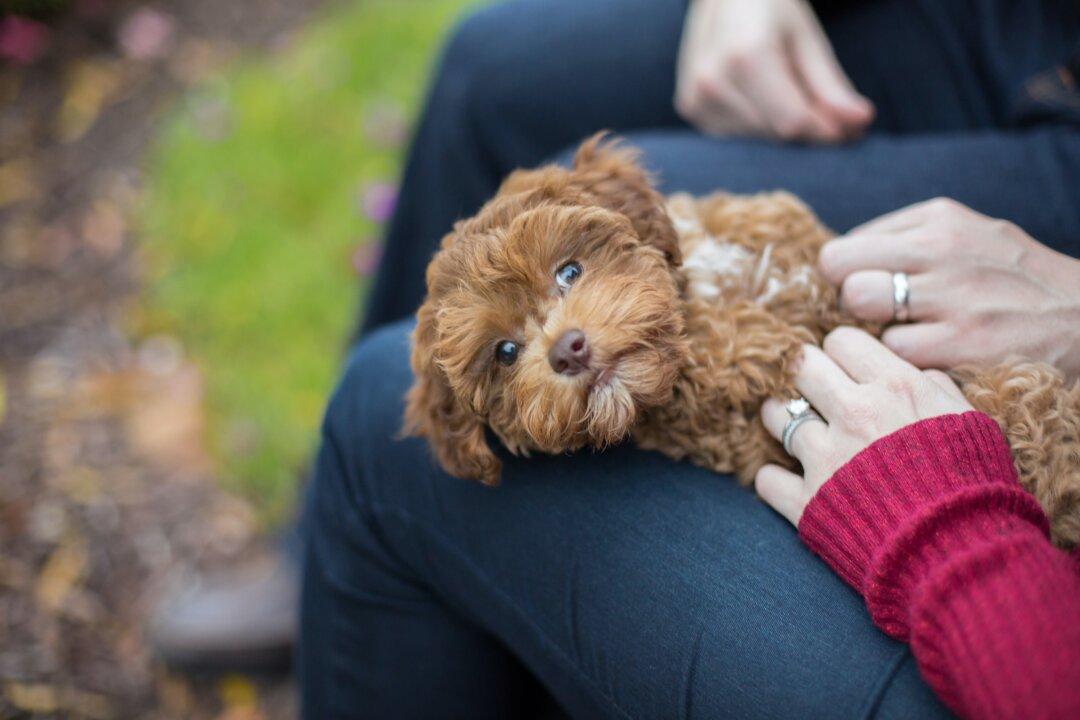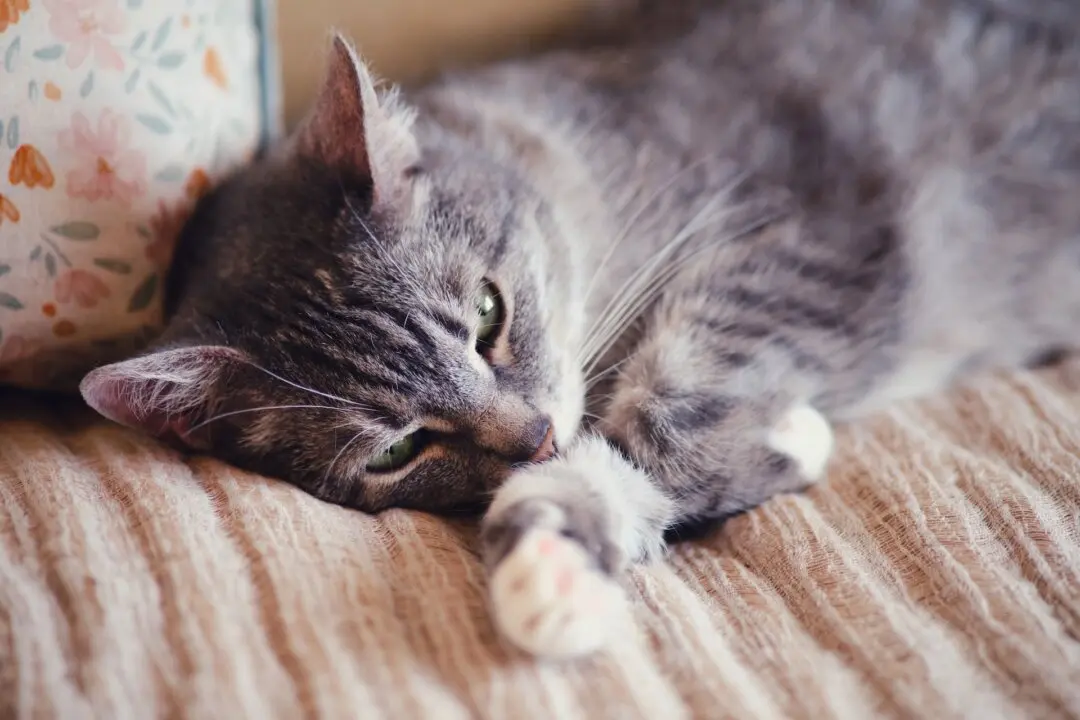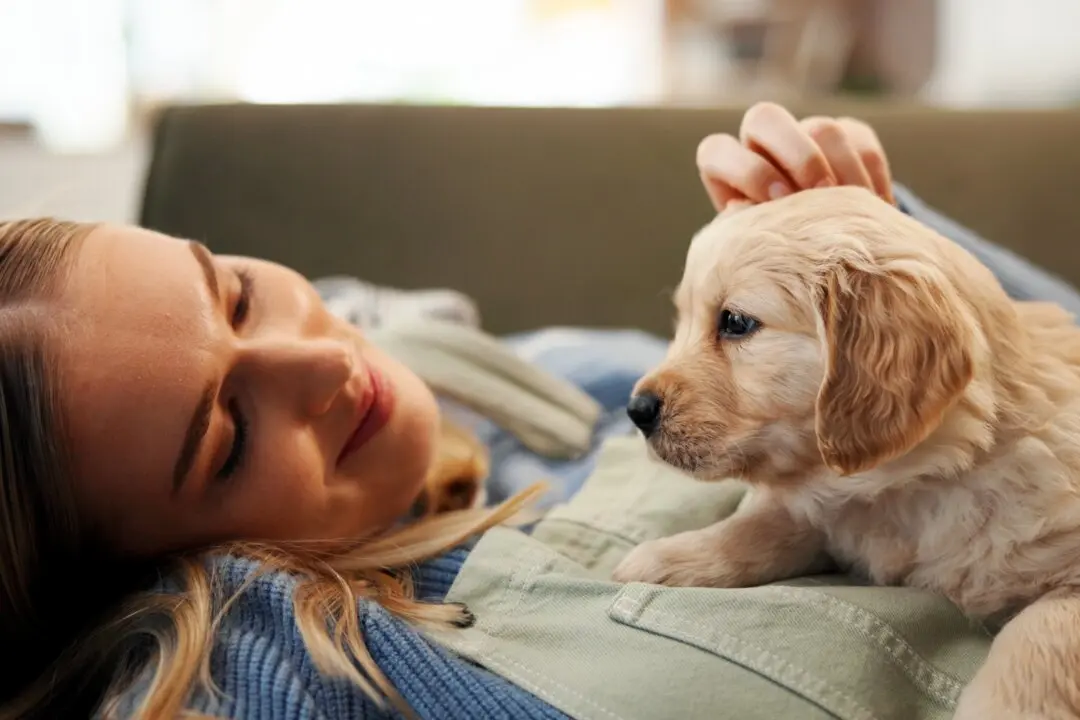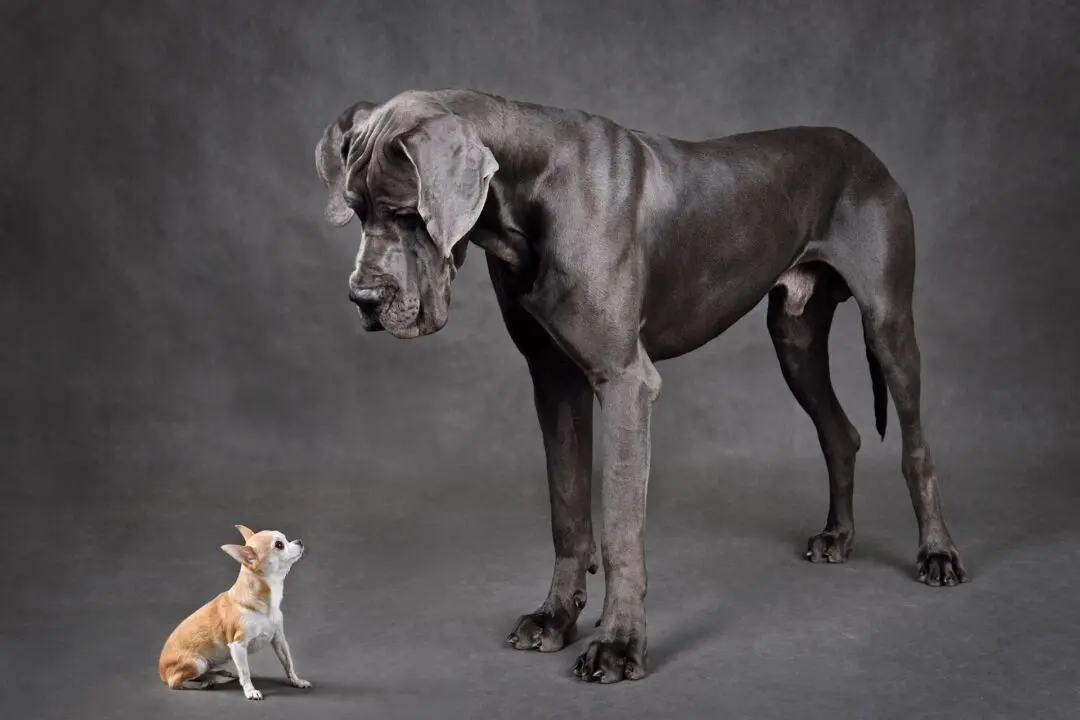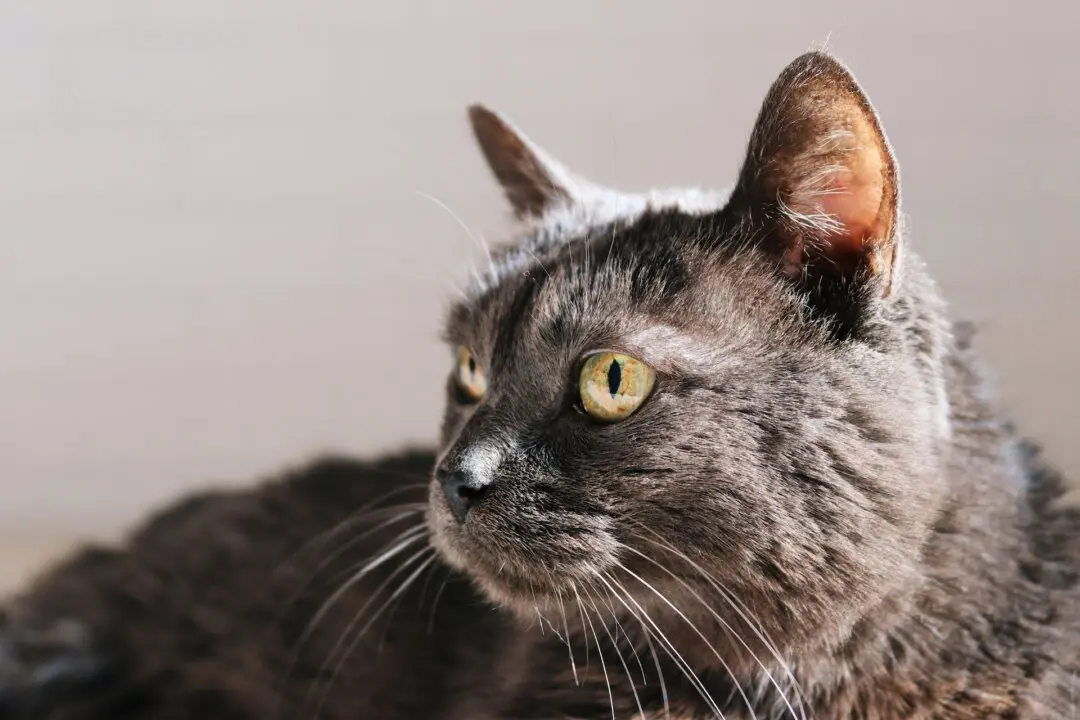Q: Rosie, our pit bull puppy, has a soft lump where her belly button should be. When we push on it, it disappears temporarily. What is it, and should we be concerned?
A: It sounds like Rosie may have an umbilical hernia. Your veterinarian can do a physical exam and tell you whether it needs immediate surgical attention or can be repaired later, when she is spayed.

